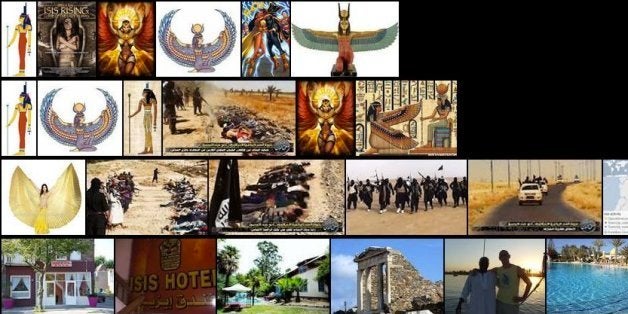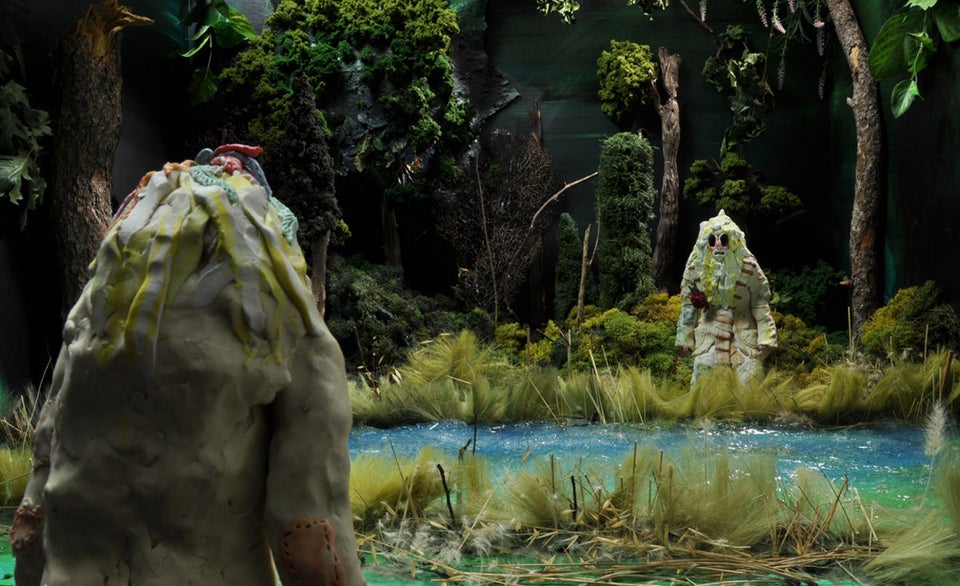
The following is an excerpt from a panel discussion about the future of museums, moderated by Hans-Ulrich Obrist with Taryn Simon, Katharina Fritsch and Jeff Koons. It was held at the meeting of the International Council of Museum Berggruen in Berlin in late June. Click here to read the entire transcript.
Taryn Simon: The museum is so bound to the diagram of the past. As contemporary art is now being produced more and more for the space beyond the walls of the museum, or non-space, the museum has to adjust or even vanish in some instances.
Hans-Ulrich Obrist: That brings us to Image Atlas, which has to do with your work in the context of the museum. How does Image Atlas work?
Taryn Simon: Image Atlas concerns the different ways of thinking about language in the future. It is about the global versus the local; about the loss of language and how we're all communicating now through images and abbreviated text. We communicate much less these days through the considered written word.
Is that creating the possibility for a universal language? Or will that visual language still be subject to the same cultural differences and similarities that exist with the written word?
To explore this, I created a website with the Internet activist Aaron Swartz. Right before his death from suicide last year, we created Image Atlas to directly address that there is a flattening of culture occurring -- in which case we could be discussing the possibility of the global museum. I am, however, also constantly arriving at the need for specificity and thinking about demographics and local population.
The website we developed looks at cultural differences and similarities attached to different terms. You type in a word, phrase or sentence and it translates it into any language in the world.
It then enters the word, phrase or sentence into local search engines throughout the world. In effect, it is automatically curating from the image bank of the world by giving you the top six images associated with that term in the local search engine.
So you can compare what Iran is thinking about one certain term visually with what Afghanistan, America or Germany is thinking and make cross-cultural comparisons.
For example, if you type in “jew,” you will come across pictures of Jude Law since jew in German is Jude, and he is far more popular that the word itself. If you type in Isis, you can see the goddess of fertility and motherhood slowly being replaced by stories about the extremist group ISIS in Iraq.
In this way, you can consider if we are creating a language that is universal or not.
When that work was presented in the museum, it was projected on the walls of the museum, but was not technically in the museum.
Hans-Ulrich Obrist: You alluded to the idea of bringing work back to the museum, which is a problem of digital art in general. The project took place online. So what does it mean to bring the work back to the museum?
Taryn Simon: What it highlights is that the museum of the future really can be the vanguard of education and scholarship. The behavior of what people type into the search engine in the museum versus at home or in other environments is radically different. Having that environment where people are actually contemplating history and taking a quiet moment away from consumerism and distraction does make a visible difference.
